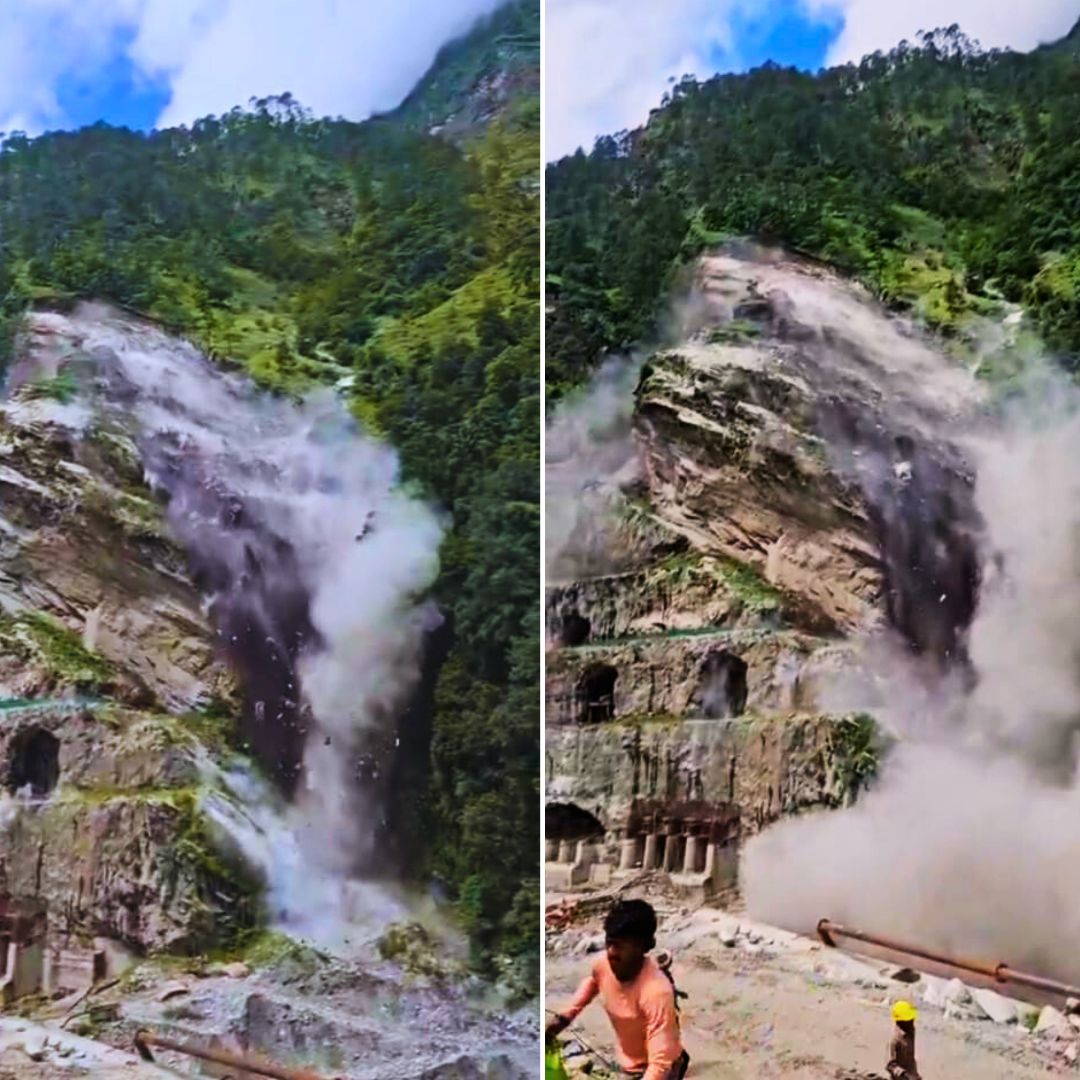On August 2, 2025, a landslide at the Helangdam site of the Vishnugad-Pipalkoti hydropower project under construction in Chamoli district, Uttarakhand, injured at least eight workers. The incident followed heavy overnight rainfall, which heightened the risk of landslides in this fragile Himalayan terrain.
Prompt rescue efforts by local authorities, including the Tehsil Administration, Police, State Disaster Response Force (SDRF), and the Health Department, ensured that all injured workers were quickly evacuated and admitted to hospitals for medical treatment.
District officials confirmed no fatalities were reported. This event has renewed concerns over the safety and environmental impact of the ongoing hydropower development managed by Tehri Hydro Development Corporation Limited (THDCL).
Swift Rescue Efforts and Medical Response
Following the landslide, rescue teams immediately reached the site to provide aid and evacuate affected workers. District Magistrate Sandeep Tiwari reported that four injured workers are currently being treated at the THDC Hospital near the project site. Two workers with serious injuries have been admitted to the Swami Vivekananda Hospital in Pipalkoti, one worker is receiving treatment locally for fractures, and another, with more critical injuries, has been referred to the Medical College in Srinagar for specialised care.
Emergency responders confirmed that all necessary medical facilities and resources are being utilised to ensure the well-being of the injured. THDCL officials reiterated that their safety protocols were in place and activated immediately once the landslide occurred, highlighting the priority given to worker welfare and rapid disaster response.
Environmental Challenges and Project Background
The Vishnugad-Pipalkoti hydropower project, located in the ecologically sensitive Chamoli district, has faced repeated challenges due to natural disasters like landslides and flash floods triggered by seasonal monsoon rains. Environmental activists and local residents have repeatedly voiced concerns about the project’s impact on the fragile Himalayan ecosystem, particularly regarding debris dumping, which disrupts natural drainage channels.
Reports suggest that construction activities, including blasting and muck disposal, have often blocked nullahs (natural water channels), aggravating flood risks in the area. The recurrence of such incidents indicates the delicate balance between infrastructure development and environmental preservation remains under strain. These issues underline the urgency of implementing sustainable construction practices that prioritise ecological integrity alongside developmental goals.
The Logical Indian’s Perspective
This unfortunate incident serves as a reminder that worker safety and environmental stewardship must be fundamental pillars in any development activity, especially in vulnerable mountain regions. While the prompt rescue and medical response are commendable, this event highlights systemic challenges in managing large-scale infrastructure amidst complex climatic and ecological realities.
The Logical Indian advocates for greater transparency, rigorous safety audits, and inclusive dialogue involving developers, local communities, and environmental experts. Balancing the urgent need for clean energy development with the protection of fragile ecosystems and human lives requires innovative, responsible approaches rooted in empathy and sustainability.
#Chamoli में हेलंग के पास डैम साईट पर भारी भू स्खलन, साईट पर काम कर रहे श्रमिकों ने भाग कर बचाई जान, कुछ के घायल होने की सूचना #landslide #disaster #joshimath pic.twitter.com/GyFU6HEtSF
— SUNIL NAVPRABHAT (@SunilNavprabhat) August 2, 2025












